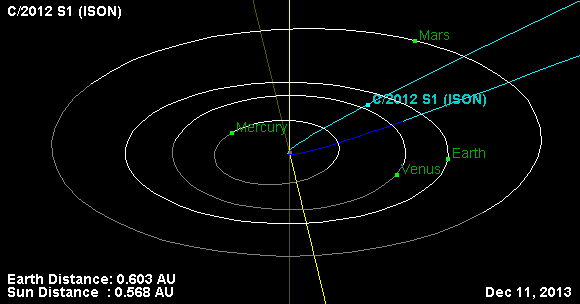The mind reels when speculating how creationists and other Old Testament literalists might spin this one. For the rest of us, it’s just fascinating scientific detective work: geo-astronomers have confirmed a healthy sized comet lit Egypt on fire millions of years ago. If they’re right it would have made the 1908 Tungaska Event look like a shoe-bomb: [Read more…]


